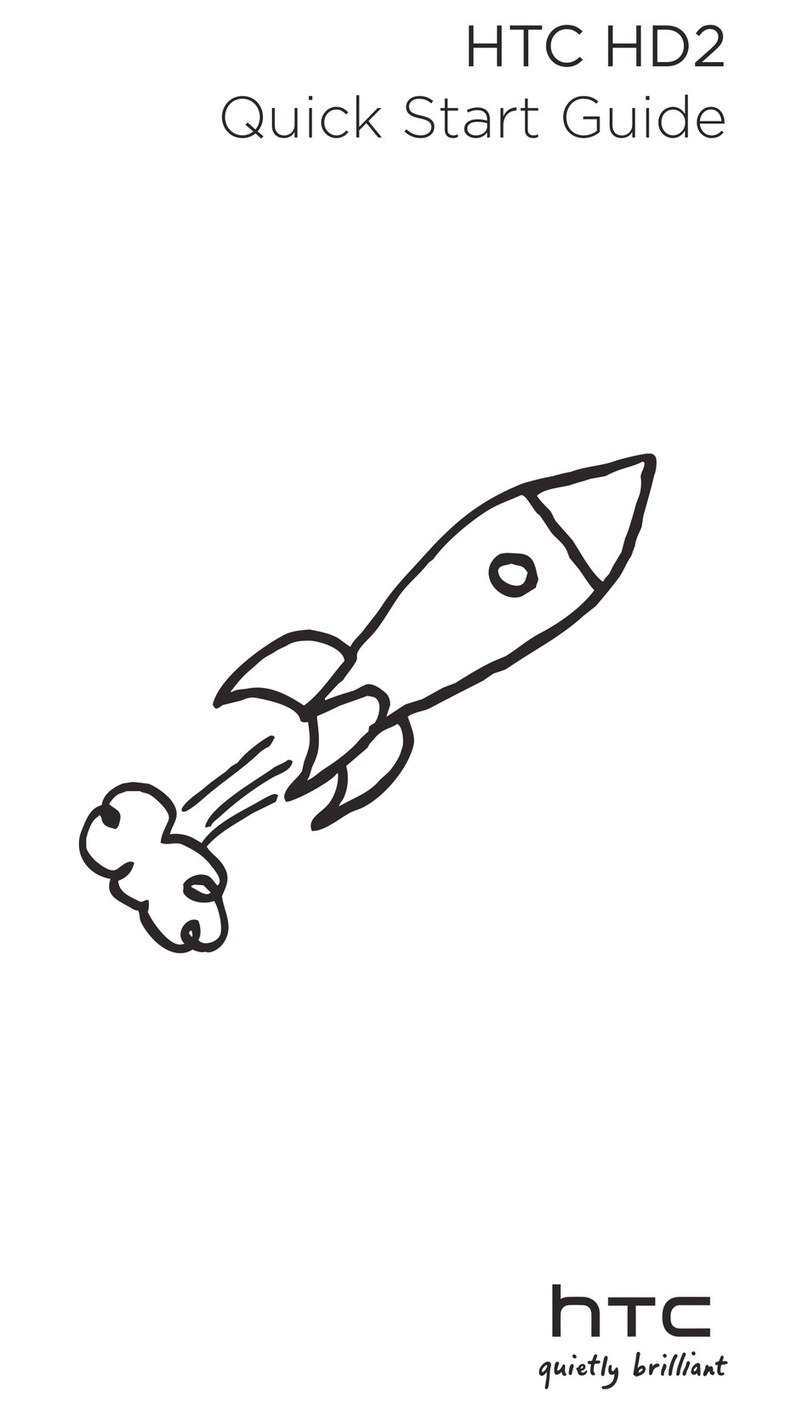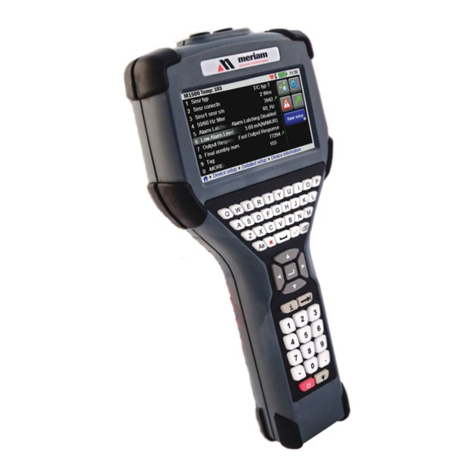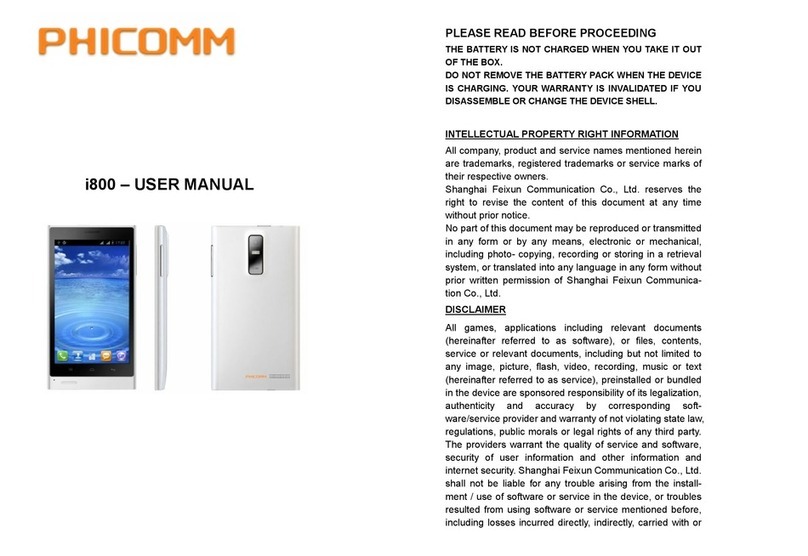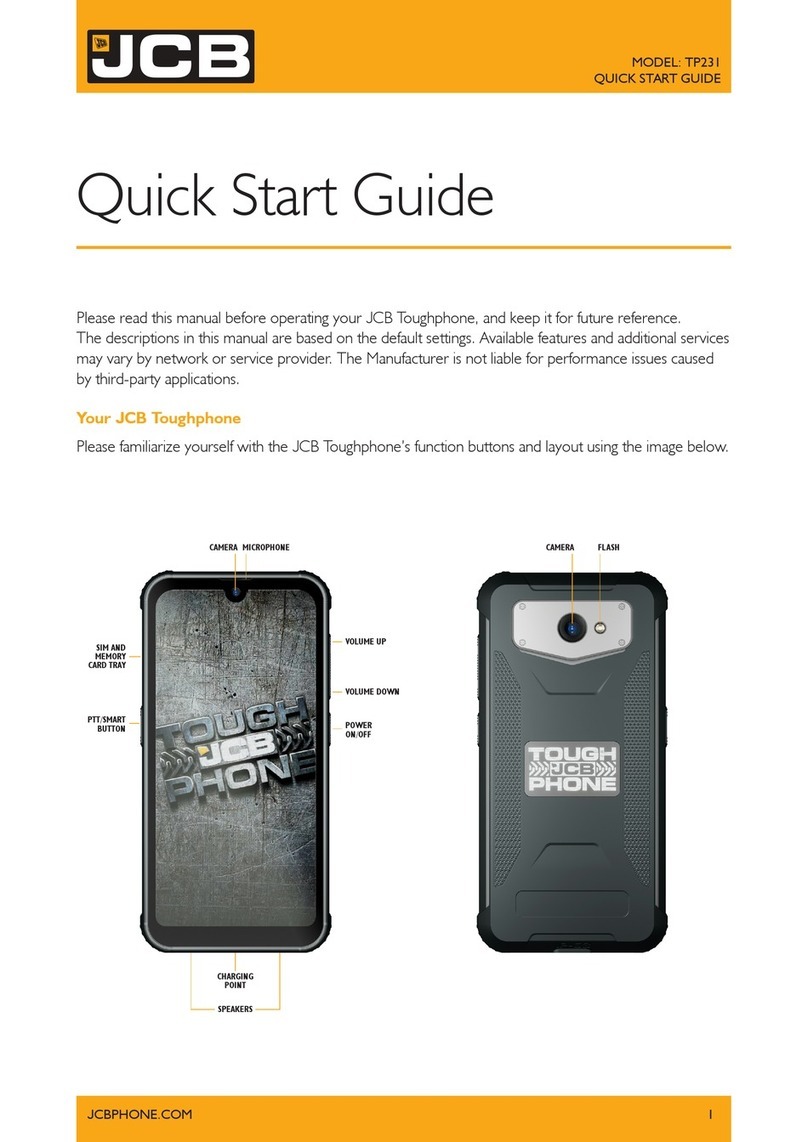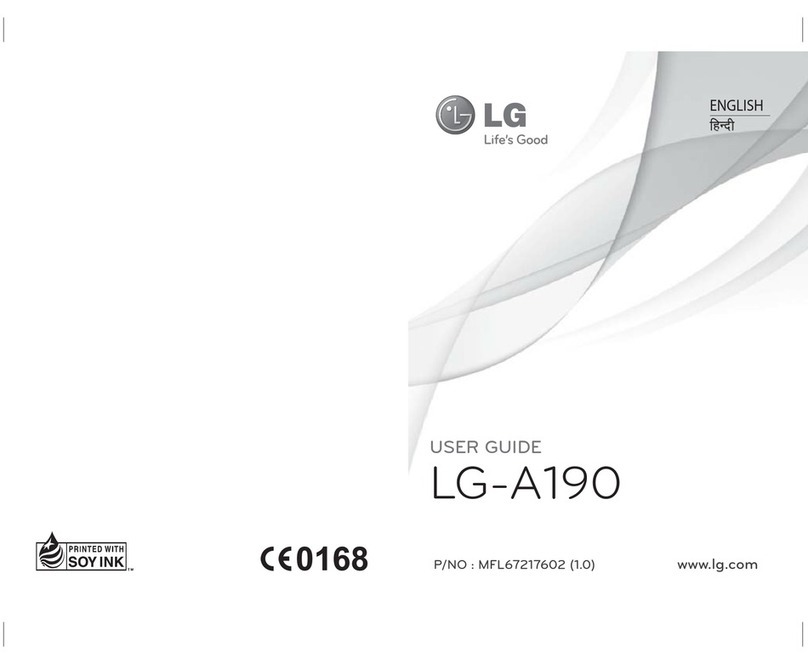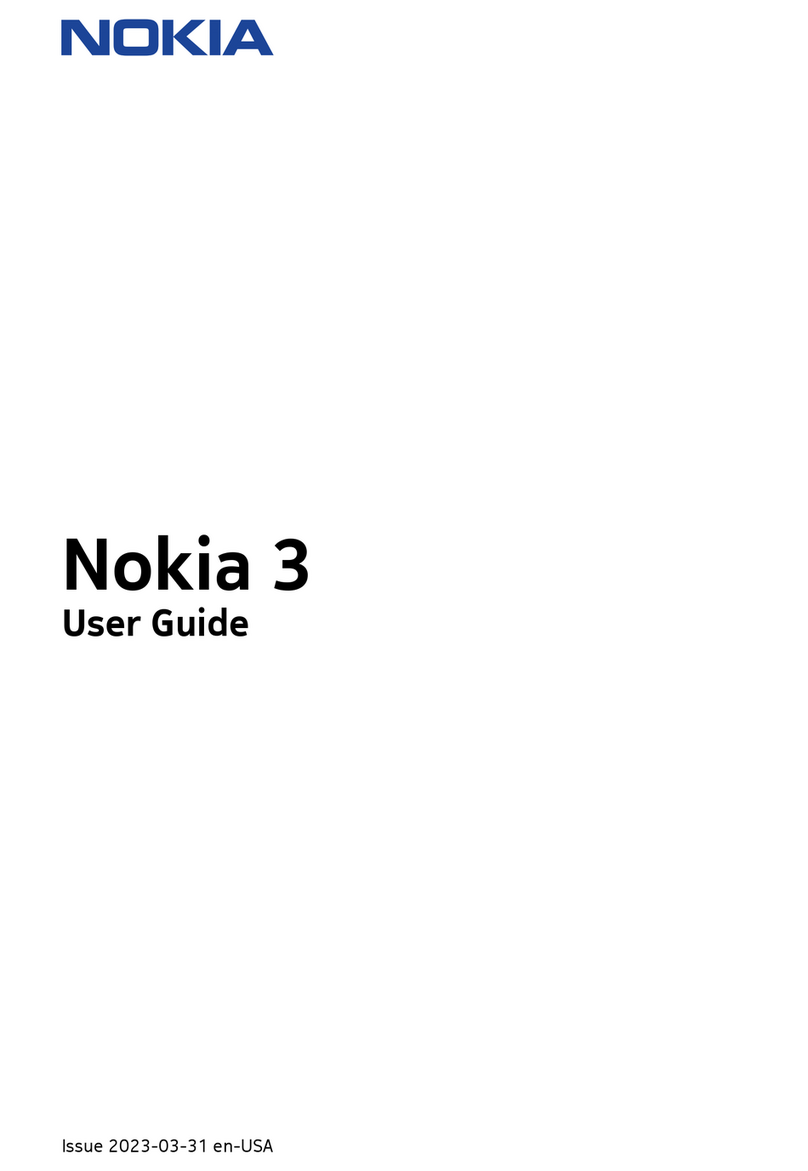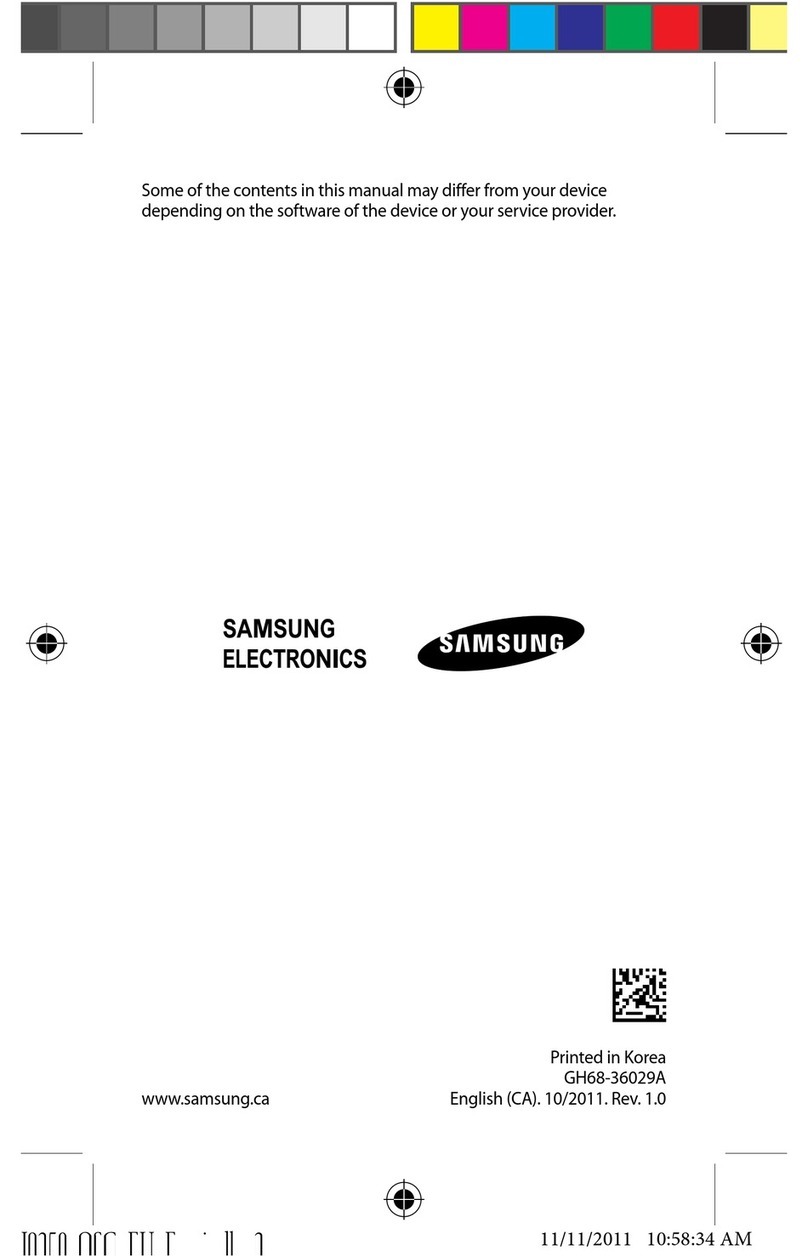Esse-ti NEXT 3G User manual

24/05/2016
User’s manual

Thanks for choosing
an Esse-ti product
This product has been especially designed for easy
operation. It has been manufactured with perfect
workmanship using suitable materials for long-lasting
performance.
All Esse-ti products are subjected to extensive reliability
and operational testing in our laboratories in order to
provide total guarantee for the user.
The User shall be responsible for defects arising from the use of the product. Esse-ti shall only be
responsible for defects according to and within the limitations set by the Presidential Decree dated
24/05/1988 no. 224 (fulfilling the EEC directive no. 85/374 on the harmonization of statutory and
administrative regulations of the Member States on the liability for damages arising from defective
products under art. 15 of Law no. 183 of 16 April 1987).
Esse-ti reserves the right to modify the product characteristics at any time without prior notice.

TABLE OF CONTENTS
GENERAL INSTALLATION INSTRUCTIONS .............................. 6
General Notes ................................................................................. 6
Making the installation ................................................................... 6
DESCRIPTION .................................................................................. 7
Features .................................................................................................... 7
LED .......................................................................................................... 8
INSTALLATION ............................................................................... 9
Inserting the SIM card ........................................................................... 10
Inserting the antenna .............................................................................. 10
Connection to the telephone line ........................................................... 11
Connection to the power supply ............................................................ 12
Turning the 3G.next gateway on ........................................................... 13
Gateway mounting operations ............................................................... 14
3G.next installation recommendations .................................................. 15
Absorption chart ..................................................................................... 15
PROGRAMMING VIA TELEPHONE ............................................ 16
Telephone line voltage ................................................................. 17
Use mode ..................................................................................... 18
Inter-digit dialling time ................................................................ 19
Country settings ........................................................................... 20
CLIP setting ................................................................................. 21
CLIR setting ................................................................................. 22
Permanent setting ................................................................................... 22
Temporary setting .................................................................................. 23
Roaming setting ........................................................................... 24
Provider's voicemail service deactivation .................................... 25
Setting telephone number for notification service ....................... 25
Setting the administrator telephone number ................................. 26
Programming password ................................................................ 27
Battery check ............................................................................... 28
Enabling ................................................................................................. 29
Programming the minimum value ......................................................... 29

External power failure control ...................................................... 30
Enabling ................................................................................................. 30
Relay-based notification of external power failure and/or
UMTS/GSM network loss ............................................................ 31
Automatic converter of selected telephone number ..................... 32
Entering preset numbers ........................................................................ 33
Matching telephone numbers manually ................................................. 35
Matching telephone numbers automatically .......................................... 36
Adjustments ................................................................................. 37
Relay settings ............................................................................... 38
Restoring default settings ............................................................. 39
Reset ............................................................................................ 40
PROGRAMMING VIA SMS ........................................................... 41
Message format ...................................................................................... 41
Notification message format .................................................................. 43
SERVICES ....................................................................................... 44
Incoming calls .............................................................................. 44
Outgoing calls .............................................................................. 44
Measuring the signal level ........................................................... 45
Reading the battery status ............................................................ 46
Reading “Automatic converter” numbers .................................... 47
Reading the relay status ............................................................... 48
Activation relay ............................................................................ 48
SENDING SMS THROUGH DB-9 ................................................. 49
DB-9 settings .......................................................................................... 49
Sending received SMS text messages through DB-9 connector ........... 51
Sending SMS from device wired in the DB-9 connector ...................... 53
DATA TRANSMISSION ................................................................ 54
FEMALE DB-9 CONNECTOR ....................................................... 57
SIGNALS ......................................................................................... 58
Tones ............................................................................................ 58
Call signals ................................................................................... 59
LED .............................................................................................. 59
UMTS/GSM signal indicator LED (GREEN) ....................................... 59
Status indicator LED (RED) .................................................................. 60

Line status indicator LED / Data transmission indicator LED (WHITE)
................................................................................................................ 60
Power supply status indicator LED (BLUE) ......................................... 61
PROBLEM-DETECTION GUIDE .................................................. 62

Page 6
GENERAL INSTALLATION
INSTRUCTIONS
GENERAL NOTES
Carefully read the notes contained in this section as they provide important
information on safe correct installation, use and maintenance of the product.
The product must be EXCLUSIVELY used for the purpose it was designed for.
Esse-ti shall not be responsible for damages arising from improper use.
The product has been designed in compliance with the regulations in force and
must be installed in systems that comply with the provisions of law.
Always disconnect power supply before performing internal or external operations
on the product (cleaning, maintenance, etc.).
Always refer to an authorized service centre for repair.
The device must be installed in a ventilated place, making sure that the ventilation
slots are never obstructed.
Do not install the product in environments with risk of explosion.
Make sure that the product has been installed as required.
Do not introduce objects, liquids or powders inside the product. Do not use sprays
inside the product.
Packing components (such as plastic bags, foam polystyrene, etc.) must be kept out
of the reach of children because potentially dangerous.
MAKING THE INSTALLATION
Internal telephone installations must be carried out by specialised personnel.
The installation and connection of telephone terminals to the telecommunications
network that do not comply with the regulations in force is not permitted.

Page 7
DESCRIPTION
3G.next is a device that, connected to a fixed telephone or to the PSTN
input terminals of a PABX or autodialer, allows you to make and receive
calls over the UMTS/GSM network. For correct operation the SIM card
must be enabled for voice and data traffic.
The 3G.next gateway comes with built-in backup batteries, a relay output
which can be activated either locally or remotely via SMS, a female DB-9
connector for data transmission and SMS forwarding, a micro USB A/B
port for direct connection to the UMTS/GSM module.
Features
Local programming via DTMF tones
Remote programming via SMS
Display of caller identification
Country setting
CLIP / CLIR
Roaming setting
Battery check
External power failure control
Relay-based notification of external power failure
Relay-based notification of UMTS/GSM network loss
SMS notifications (low-battery, dead battery, replaced battery,
external power failure/restore, UMTS/GSM network restore)
Measurement of UMTS/GSM signal level
Automatic converter of selected telephone number
Receiver and transmitter gain adjustment
Remote reboot function
Data transmission through standard RS-232 and CAN-bus (optional
RS-485)

Page 8
Incoming text messages transmission towards devices wired in the
DB-9 connector under RS-232 standard
Text messages transmission by devices wired into the DB-9
connector under RS-232 or CAN-bus standard
Remote firmware update
UMTS/GSM signal indicator LED
Status indicator LED
Line status indicator LED / Data transmission indicator LED
Power supply status indicator LED
Dual Band UMTS/GSM module
2W transmission power
12Vdc power supply input
230Vac external adapter input
Female DB-9 connector
Micro USB A/B port
Relay output
External antenna (cable length = 2m)
External adapter (230Vac 50Hz input; 12Vdc 500mA output; CE
mark)
LED
3G.next is equipped with 4 outer LEDs.
LEDs flashing is described at chapter “Signals” (see page 59).
Green LED: UMTS/GSM signal indicator LED
Red LED: Status indicator LED
/ White LED: Line status indicator LED / Data transmission
indicator LED
Blue LED: Power supply status indicator LED

Page 9
INSTALLATION
Remove the cover by pressing the upper side.
A Micro USB A/B port
B ANTENNA cable connector
C SIM CARD housing with front panel
D LED indicating signal strength (green), LED indicating device operation status
(red), LED indicating line status / data transmission (white) and LED indicating
power supply status (blue)
E Female DB-9 connector
F RS-485 termination jumper
G CAN-bus termination jumper
H Telephone line output (RJ11 connector) for telephone set connection or
autodialer/PABX analogue line connection
I 230Vac external adapter input
L Telephone line output (terminal block) for telephone set connection or
autodialer/PABX analogue line connection
M 12Vdc power supply terminal block
N Relay terminal block
O Backup battery connector

Page 10
Inserting the SIM card
Before inserting or replacing the SIM card, always make sure that the
gateway has been disconnected from the mains and take all necessary
measures to avoid electrostatic discharge.
Shift the SIM card housing cover downward until it unblocks and
lift it.
Carefully slide the SIM card into its housing cover.
Lower the SIM card housing cover and shift it upward until it
blocks.
WARNING
The SIM card PIN must be DISABLED. If the PIN is
enabled, it must be disabled through a mobile phone.
Inserting the antenna
Screw the antenna cable in to the connector on the top of the
module.
WARNING
NEVER connect 3G.next gateway without having
previously installed the antenna. The gateway may get
damaged.
WARNING
Do not install 3G.next near other electric or electronic
devices that were not especially designed to be used
with it. They could be subjected to RF interference
from the module.

Page 11
Position the antenna with magnetic base so that any metal
surfaces do not block the signal.
Connection to the telephone line
Connect 3G.next to a standard telephone or to the PSTN input
terminals of a PABX or autodialer via the RJ-11 connector (H in the
picture at page 9);
or
Connect 3G.next to a standard telephone or to the PSTN input
terminals of a PABX or autodialer using the TEL terminals (L in the
picture at page 9).

Page 12
Connection to the power supply
Power supply via 230Vac external adapter
Connect the external adapter to the specific input (I in the picture
at page 9).
Connect the backup batteries to the dedicated input (O in the
picture at page 9).
Close the gateway cover.
or
12Vdc power supply
Connect the power supply cable to the terminals M (in the picture
at page 9) taking care to respect the polarity.
Connect the backup batteries to the dedicated input (O in the
picture at page 9).
Close the gateway cover, paying attention to the power supply
cable.
WARNING
Backup batteries may be connected only after 3G.next
has been supplied
Note: the max voltage to be supplied to the mains terminals
M is 17Vdc.
Note: the min. voltage required to supply 3G.next gateway
by the mains terminals M is 10Vdc.
Note: a protection cut-out switch must be installed upstream
to interrupt power supply in case of fault.

Page 13
Turning the 3G.next gateway on
Power 3G.next.
Wait 30 seconds after power-up to give time to 3G.next to register
correctly with the UMTS/GSM network.
Make sure the red LED (device status) flashes briefly once every 3
seconds as shown in chapter “Signals” (see page 60).
If the red LED flashes quicker and stays lit for a longer time (see page 60), the
gateway has not properly registered with the UMTS/GSM provider:
Disconnect 3G.next and make sure the SIM card is inserted
correctly and that the PIN is not locking it.
See chapter “Problem-detection guide” (page 62).

Page 14
Gateway mounting operations
Check the UMTS/GSM signal strength through the green indicator
LED (see chapter “Signals”, page 59) and identify an area where
the signal is strong enough.
Note: the signal strength may vary according to the
telephone provider.
Drill two holes with 5 mm diameter on the wall at a distance of 50
mm.
Insert the 2 wall plugs and screws down until the screws are at a 5
mm distance from the wall.
Place 3G.next gateway onto the two screws through the two back
slots.

Page 15
3G.next installation recommendations
3G.next gateway must be installed in a location where the radio signal
allows for using the UMTS/GSM system.
It is advisable to leave plenty of space around the gateway for
maintenance operations.
Do not install 3G.next gateway outdoors, since it lacks protection
devices against weather conditions that can damage the gateway (water,
humidity, etc.).
Do not install 3G.next gateway near electronic (radio or TV sets,
Personal Computers, wired radio systems, etc.) or magnetic (credit
cards, etc.) devices that could be subjected to RF interference from the
module: recommended distance from the antenna is min. 2,5 m.
Do not install 3G.next gateway near medical devices. Its operation may
cause damage to hearing aids or pacemakers.
Always make sure that the device operation is permitted in the place of
installation (e.g. installation is not allowed in hospitals, airplanes, etc.).
Absorption chart
Power supply 12Vdc 12Vdc
(battery not connected) (battery connected)
Telephone
handset down 40mA 60mA
Telephone handset up 80m
A
100m
A
Conversation 130m
A
150m
A
Data transmission 90m
A
110m
A

Page 16
PROGRAMMING VIA
TELEPHONE
Allows you to customise the gateway according to your requirements.
Programming can be carried out locally via a MF telephone.
You can programme:
voltage of telephone line;
use mode;
inter-digit dialling time;
country settings (country calling code and international call prefix);
CLIP/CLIR settings;
roaming service settings;
provider's voicemail service deactivation;
notifications telephone number;
administrator telephone number ;
programming-mode password;
battery check;
external power failure control;
relay-based notification of external power failure;
relay-based notification of UMTS/GSM network loss;
automatic converter of selected telephone number;
receiver gain adjustment;
transmitter gain adjustment;
relay settings.
Note: during programming, the inter-digit dialling time must
not exceed 10 seconds. Once 10 seconds has elapsed
without digits you will hear the dissuasion tone and
you will have to hang up.
Note: at the end of each programming carried out correctly,
you will hear a confirmation tone, while an error tone

Page 17
will be heard in case of error. In any case, the
dialling tone will follow, after which you can proceed
with the programming or make a call.
Note: programming can be carried out even if the signal is
absent. After the confirmation or the error tones, he
dissuasion tone will follow, after which you can
proceed with programming or hang up.
TELEPHONE LINE VOLTAGE
The following programming allows you to modify the voltage in the TEL
terminal and in the RJ-11 connector. A higher voltage may be required
for the proper functioning of specific devices.
Factory default: higher voltage (52Vdc).
(option) (confirm)
Lift the handset and dial: **61*.
Enter:
0 lower voltage (36Vdc);
1 higher voltage (52Vdc).
Dial # to confirm.
After the confirmation tone hang up or enter additional settings.

Page 18
USE MODE
3G.next delivers 4 different use modes which allow to improve
performance according to the specific devices being connected. They
should be selected in case the connected devices detect the telephone line
tones or when echo occurs during conversation.
Factory default: mode1.
Mode 1
Factory default.
(confirm)
Lift the handset and dial: **21.
Dial # to confirm.
After the confirmation tone hang up or enter additional settings.
Mode 2
Use mode recommended for autodialers or other devices effecting tone
detection over the line.
(confirm)
Lift the handset and dial: **22.
Dial # to confirm.
After the confirmation tone hang up or enter additional settings.
Mode 3
Use mode recommended to reduce echo occurring during conversation.
(confirm)
Lift the handset and dial: **23.
Dial # to confirm.

Page 19
After the confirmation tone hang up or enter additional settings.
Mode 4
Use mode recommended to reduce echo in case of connection with
devices effecting tone detection over the line.
(confirm)
Lift the handset and dial: **24.
Dial # to confirm.
After the confirmation tone hang up or enter additional settings.
INTER-DIGIT DIALLING TIME
The inter-digit time is the maximum amount of time allowed between
digits while dialling a telephone number.
There are 2 ways to make outgoing calls:
Dial the telephone number and then press # to confirm. The call is
sent immediately.
Dial the telephone number and wait. The call will be sent after the
inter-digit time has elapsed.
Factory default: 5 seconds.
(inter-digit time)
(confirm)
Lift the handset and dial: **8*;
Dial the inter-digit dialling time:
0 inter-digit time: 10 seconds;
1-9 inter-digit time from 1 to 9 seconds.
Dial # to confirm.

Page 20
After the confirmation tone hang up or enter additional settings.
COUNTRY SETTINGS
This programming allows defining the country of use of 3G.next, in order
to set automatically the device with the proper parameters (if available).
For example the tones of the call change and on the display of a telephone
connected to 3G.next the calling number is shown without the area code.
International call prefix
The international call prefix is the first part of a country’s code. For
example, the international dialling code for Italy, whose complete code is
0039, is 00.
Factory default: 00.
... (international call prefix) (confirm)
Lift the handset and dial: **08*;
Dial the international call prefix (max. 5 digits).
Dial # to confirm.
After the confirmation tone hang up or enter additional settings.
Country calling code
The country calling code is the second part of a country’s code. For
example, the country calling code for Italy, whose complete code is 0039,
is 39.
Factory default: 39.
... (country calling
code) (confirm)
This manual suits for next models
1
Table of contents
